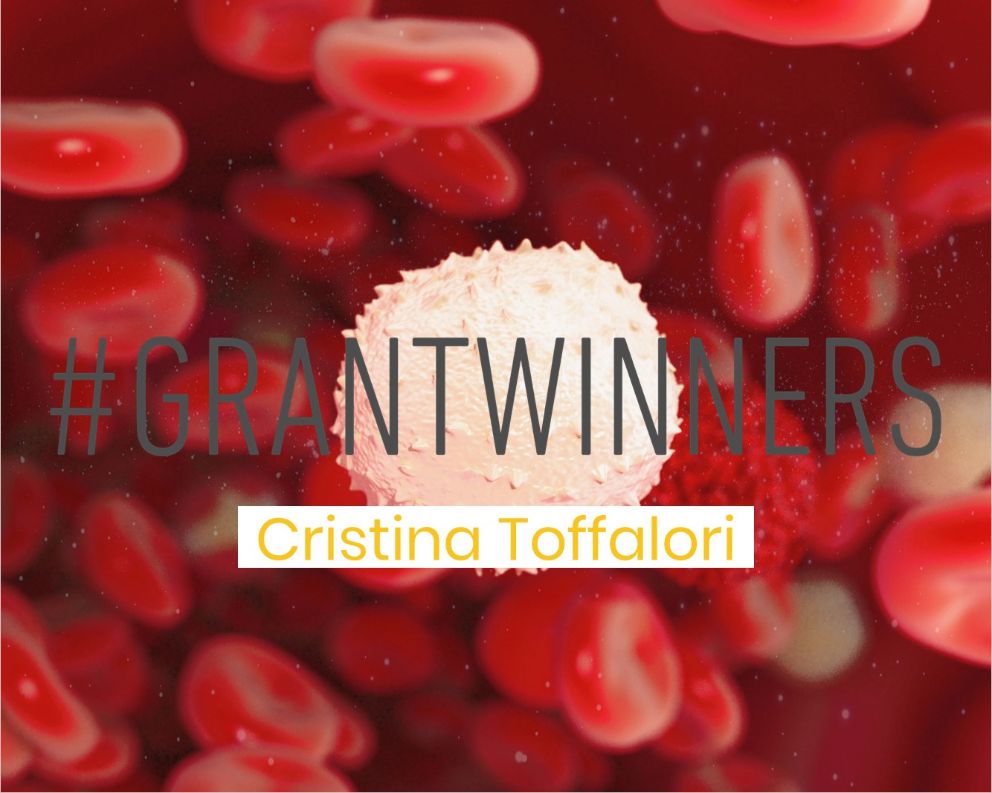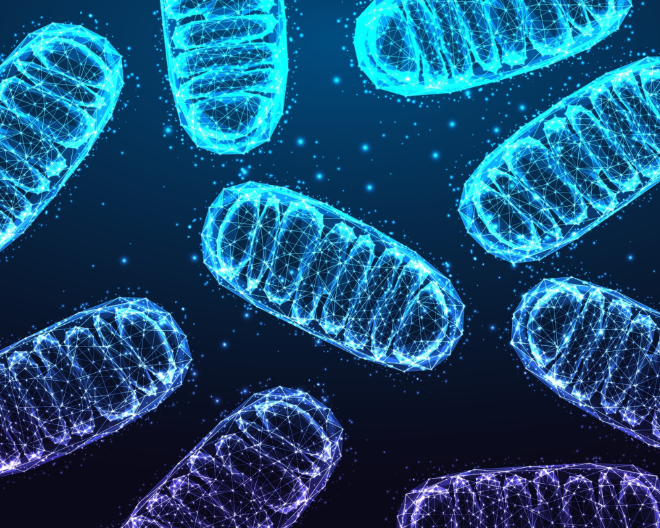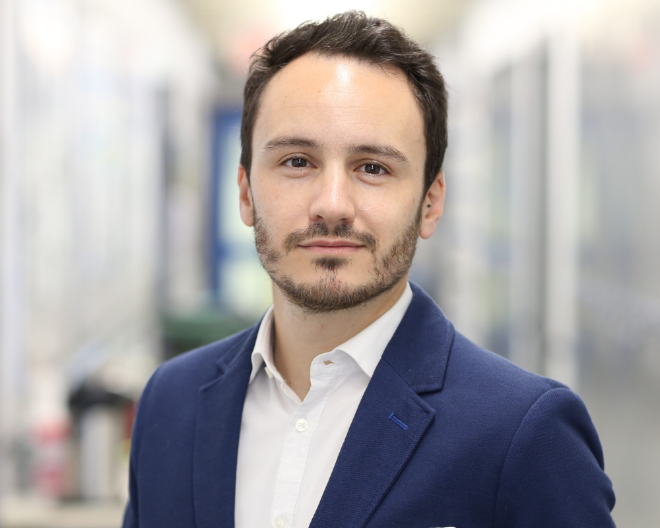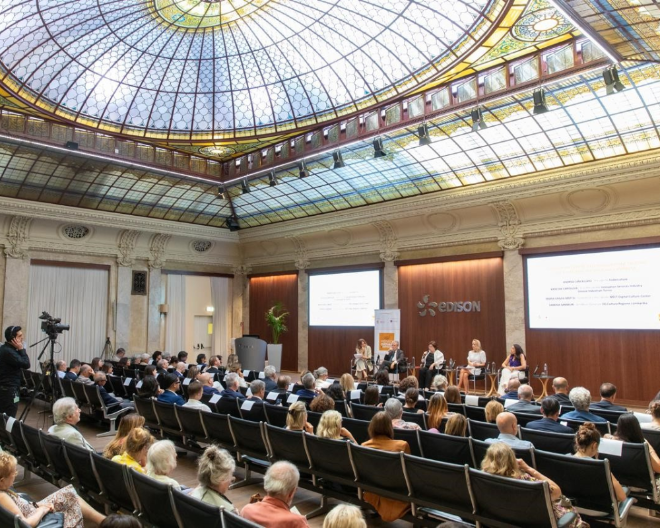
Mapping the microenvironment of the bone marrow to a single cell in order to understand and exploit its complexity, to test new therapeutic strategies capable of restoring an effective response against leukemia. This is the purpose of the research led by Cristina Toffalori, a young researcher in the field of immunobiology of leukemia, winner of the Cariplo Foundation grant “Biomedical Research Conducted by Young Researchers”, which offers researchers under 40 the opportunity to conduct research under their own responsibility.
/resolutions/res-l1920x10000/Leucemia_grant_winner_Toffalori_Cariplo-(2).jpg)
Acute myeloid leukemia and the problem of relapses
Dr. Toffalori explains:
“Acute myeloid leukemia is a cancer of the blood and bone marrow, characterized by the proliferation of hematopoietic stem cell clones that have not matured, or the cells responsible for the production of all blood components, such as white and red blood cells and platelets”.
In patients with acute myeloid leukemia, the therapy of choice is the transplantation of hematopoietic stem cells from a healthy donor: that is, the diseased marrow of the patient, or recipient, is replaced with that of a compatible healthy donor, through the infusion of healthy hematopoietic stem cells into the recipient. However, the reappearance of the disease (relapse) after an apparent initial remission remains frequent, affecting up to two thirds of transplant patients. “These diseases are very aggressive and the therapies available to date have a limited effect, both in effectiveness and in time”.
/resolutions/res-l1920x10000/Leucemia_grant_winner_Toffalori_Cariplo-(3).jpg)
The role – to be cleared – of the bone marrow microenvironment
“In previous studies our group has identified several ways in which leukemia cells, by altering their genetic and transcriptional profile, escape control and recognition by the donor’s immune system, causing relapse” [1, 2].
These discoveries have had a great clinical impact, as the stratification of patients according to the biological characteristics of the relapse allowed to implement more effective therapeutic lines and with a better toxicity profile for the patient.
In recent years, several studies have highlighted how the bone marrow microenvironment, also called hematopoietic niche, composed of both immune cells and “structural” elements, plays a critical role in the development, propagation and resistance to acute myeloid leukemia therapies. However, in the context of transplantation it still remains to be understood whether and how the bone marrow microenvironment adapts to the different immune-evasion strategies of leukemic cells and why it fails to implement alternative defense programs to prevent relapses.
/resolutions/res-l1920x10000/Leucemia_grant_winner_Toffalori_Cariplo-(4).jpg)
The project led by Cristina
“In my project, advanced techniques capable of characterizing the microenvironment of the marrow with a single cell resolution will be exploited to define the qualitative and quantitative differences of the immune system cells present in the bone marrow after transplantation of hematopoietic stem cells from a healthy donor and associated with the different methods of relapse previously described by our group”.
The aim is to understand and consequently exploit the entire complexity of the marrow microenvironment with the ultimate aim of designing and testing new therapeutic strategies aimed at restoring an effective anti-leukemic response. “We believe that strategies based on different cell types, which operate in synergy and which recognize different leukemic targets, can significantly decrease the risk of selecting resistant variants, thus reducing the number of relapses after transplantation”.
/resolutions/res-l1920x10000/Leucemia_grant_winner_Toffalori_Cariplo-(1).jpg)
She concludes: “This funding, after our recent publication in Nature Medicine, represents a further milestone in my career, an important basis for being able to achieve scientific independence: this will allow me to carry on my independent projects, also from an economic point of view, and it is an incentive to continue and deepen studies on the immunobiology of leukemia after transplantation with enthusiasm and passion”.
References
[1] Vago, L. et al. (2009). Loss of Mismatched HLA in Leukemia after Stem-Cell Transplantation. N Engl J Med, 361:478-488 DOI: 10.1056/NEJMoa0811036
[2] Toffalori, C. et al. (2019) Immune signature drives leukemia escape and relapse after hematopoietic cell transplantation. Nat Med, Apr;25(4):603-611. doi: 10.1038/s41591-019-0400-z
Tags:
You might be interested in
/resolutions/res-c660x528/Veschetti_Cariplo_P.-Aeruginosa_UniSR-(1).jpg)
Uncovering the hidden role of bacterial microRNAs in chronic respiratory diseases

A New Approach to Enhance Immunotherapy in Multiple Myeloma

An ERC Starting Grant assigned to Dr. Davide Folloni

